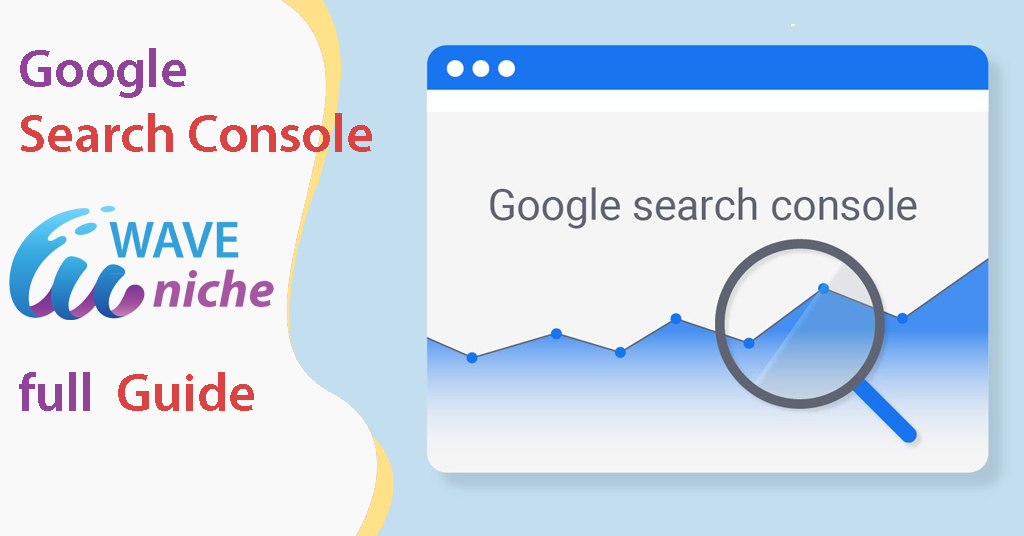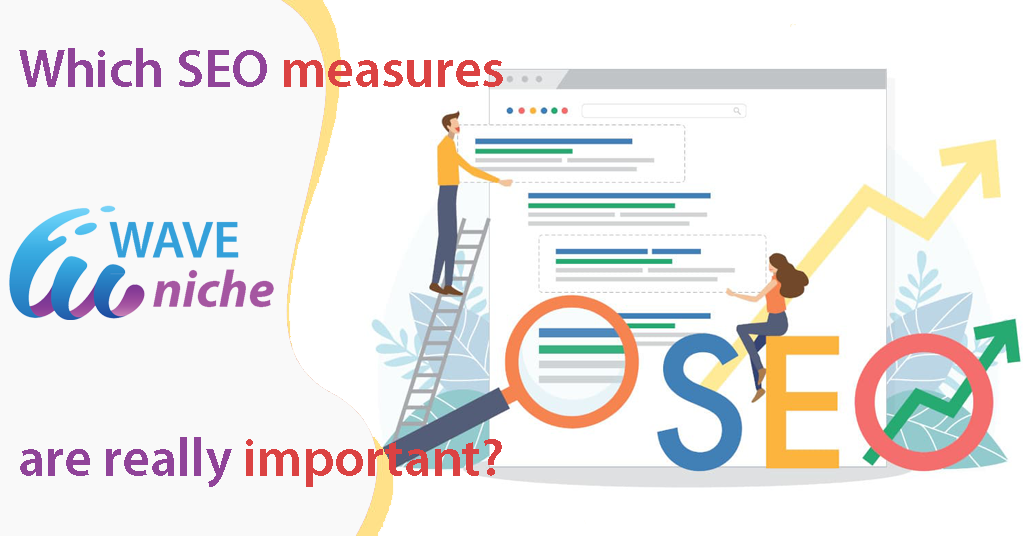SEO ranking nowadays is a difficult task. It would be very difficult for a site to climb the following SEO rankings.
This is because there is an abundance of information out there, numerous sites with a huge history that have proven SEO rankings over the years.
In this article, we will try to communicate more of the ins and outs of ranking your site.
Virtually none show you how to rank a webpage, start-to-finish.
What’s needed is a guide or blueprint. To be helpful, we need a step-by-step checklist for ranking a page starting from an idea, all the way to traffic pouring into your Google Analytics account.
1. Working Smarter, Not Harder
Here’s the secret about this SEO process: we don’t want to rank for a single keyword, we want to rank for hundreds or thousands of keywords at the same time. We can do this with the exact same amount of work.
Smarter, not harder.
The magic happens when starting with keyword research. Choosing the right (or wrong) keywords to target at this stage can predict our entire probability of success.
Starting out, you probably have a guess which keywords you want to rank for, but are they the right ones? The biggest mistakes people make at this stage of keyword research are:
- Choosing keywords that aren’t specific enough (too broad)
- Choosing keywords with too much competition
- Keywords without enough traffic
- Keywords not relevant to your business
- Trying to rank for a single keyword at a time
2. Start With A Mighty Seed
To begin, you want to discover your “Seed Keywords” to grow your keyword theme. Seed keywords are the basic, typically most obvious phrases.
Often, seed keywords are the phrases you “think” you want to rank for. If your shop sells motorcycle lifts, your first seed keyword may then likely be “buy motorcycle lifts.”
Finding good keyword seeds is often a mix of brainstorming with a bit of research. A good seed answers the following questions:
- What’s my website about and/or what do I offer?
- What keywords do I think I want to rank for?
- What ads would I buy?
3. List It Out: Dream Your Keyword Theme
Next, we want to grow our keyword seed into a keyword theme, comprised of many related keywords grouped together.
Using keyword themes presents us with much larger opportunities. Instead of ranking for a single Holy Grail keyword, a better goal is to rank for multiple keywords focused around a single idea. Done right, the results are amazing.
Simply put, the more long-tail keywords our webpage ranks for, the more qualified traffic search engines will send it.
Creating lists typically involves using a combination of Google and keyword tools (either free or paid) to find all the related keywords to your keyword seeds.
4. Leverage The Competition
Here’s a step many people miss: ranking for the hidden keywords your competition already ranks for.
No matter how smart you are, your competitors have already figured out—either by accident or design—which keywords are the most lucrative.
Instead of finding these lucrative keywords yourself through the long process of trial and error, it’s 1000 times easier simply to steal your competitor’s intelligence. (Most of the time, stealing is wrong, but we’ll let it slide in the case of competitive SEO.)
The basics work like this:
- Find the URLs of your competitors that already rank for your target keyword
- Find all the other related keywords that URL also ranks for in Google
5. Finding Diamonds in the Google Rough
At this point, we likely have dozens or perhaps hundreds or thousands of potential keywords to work with.
The magic is choosing exactly the right keywords to target and build content around.
Sorting and filtering keywords is an art in and of itself, but the basic requirements we want to meet are roughly:
- Does the keyword have sufficient search volume?
- Is this keyword relevant to my business?
- Can I create compelling content around this keyword that’s better than anything else out there?
- Can I actually rank for this keyword?
6. Creating Value
Want to know the absolute worst phrase in marketing?
It’s “SEO content.”
Far too many people think of content as a commodity: something predictably produced completely separated from the potential value it creates for end users.
Content without value is spam.
If you want to rank—if you really want to rank—you need to understand this question:
How is your content better than the content that currently ranks for your keyword?
Because if your content doesn’t satisfy the user in a superior way to content that already exists, why would Google rank you higher?
Starting with your keyword theme, ask first how you can create value.
Value takes many forms. While Google provides clues and guidelines about how they evaluate content, it typically includes a mix of utility, trust, authority, and user experience. In short, you want your website to be the one that most completely satisfies the user for their given keyword.
Making your content the absolute best not only helps satisfy your users, but it also helps build links, improves user engagement, and protects against future algorithmic changes.
How do we create value? We begin by figuring out intent.
7. Detect Intent: Form & Function
Here’s where a lot of people stumble: You take your keyword and create content around it—maybe you create a blog post, maybe a shopping page—before you really understand what people are looking for with that keyword.
This is known as intent.
Guessing at intent is like gambling. You may think you know what people want, but unless you verify, it’s like throwing darts blindfolded.
Google’s job is to give people web results that satisfy their questions, so if you don’t satisfy intent, you’ll likely not rank very well for very long.
Fortunately, there’s a dead-simple way of determining keyword intent: search Google for your keyword phrase, and determine:
- What kind of pages are already ranking
- The common elements of each page, e.g. images, videos, shopping, etc
- What Google lists as “related searches”
Google has already tested your keyword across thousands or millions of searches, so they have a pretty good idea of what people are looking for.
8. Be The Last Click
Number 8 on the checklist seems like a small thing, but it makes a world of difference.
Be the absolute best result for your keyword query.
Sounds simple in theory, but literally all of your competition is trying to be the best as well, and there can be only one.
What does it mean to be the absolute best result? We’ll cover a few techniques, but the ultimate goal is this:
Be the last click.
In other words, make sure when people search for your keyword—and they eventually find you—you are the last result they need to click. You provide such good information, they have no need to go back and click any other result. You may not be the first result they click (although that helps too) but you’ll definitely be the last. Let’s repeat that.
Be the last click.
Which begs the question, how do you become the last click? The answer varies from query to query, and mixes a little bit of art and science, but to be the last click there are a number of check boxes you want to tick:
- Match user intent, in form and style
- Provide more complete information
- Be authoritative
- Offer a better and/or unique experience, e.g. design, UX, speed
We’ve touched on user intent, so let’s cover completeness.
9. Why Completeness Beats Length
“500 words, or 2000 words? That is the question.”
Sorry, Shakespeare, that’s actually not the question.
The idea of content length arises in SEO quite often. “How long should your content be?”
Part of the reason is that multiple studies over the years consistently show that, on average, longer content tends to perform better in Google than shorter content. But smart SEOs believe that the reason this content performs better is not that it’s longer, but because it actually offers more completeness.
What is “complete” content? This is content that:
- Completely satisfies a user’s search query (again, “be the last click”)
- Offers supporting evidence
- Answers additional related questions to the user’s search query
- Is authoritative (in other words, gives the user a reason to trust the information)
- Provides quality supplemental content to support the main content
From Google’s perspective, there are several reasons why more complete content may perform better. We won’t dive into all the science and details here, but a simplification may be that:
- Google constantly works to figure out what your content is “about.” More complete content makes this job easier.
- More complete content tends to satisfy users.




